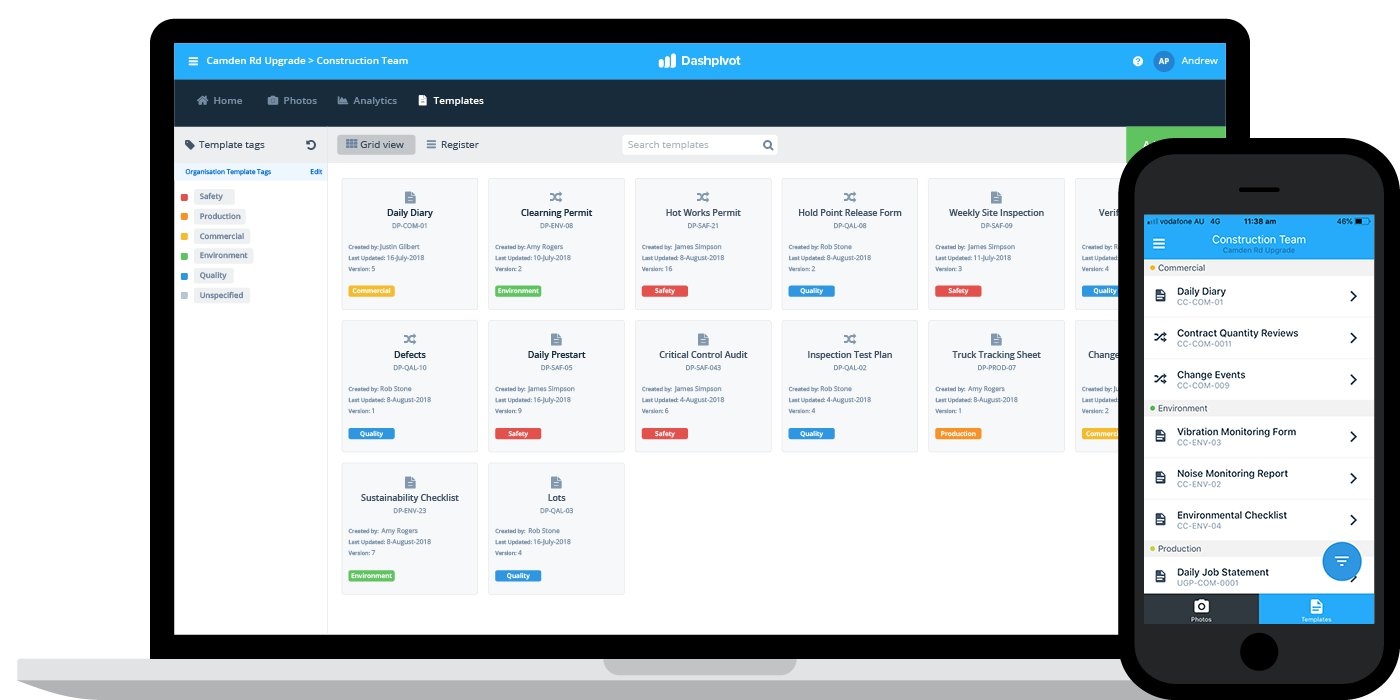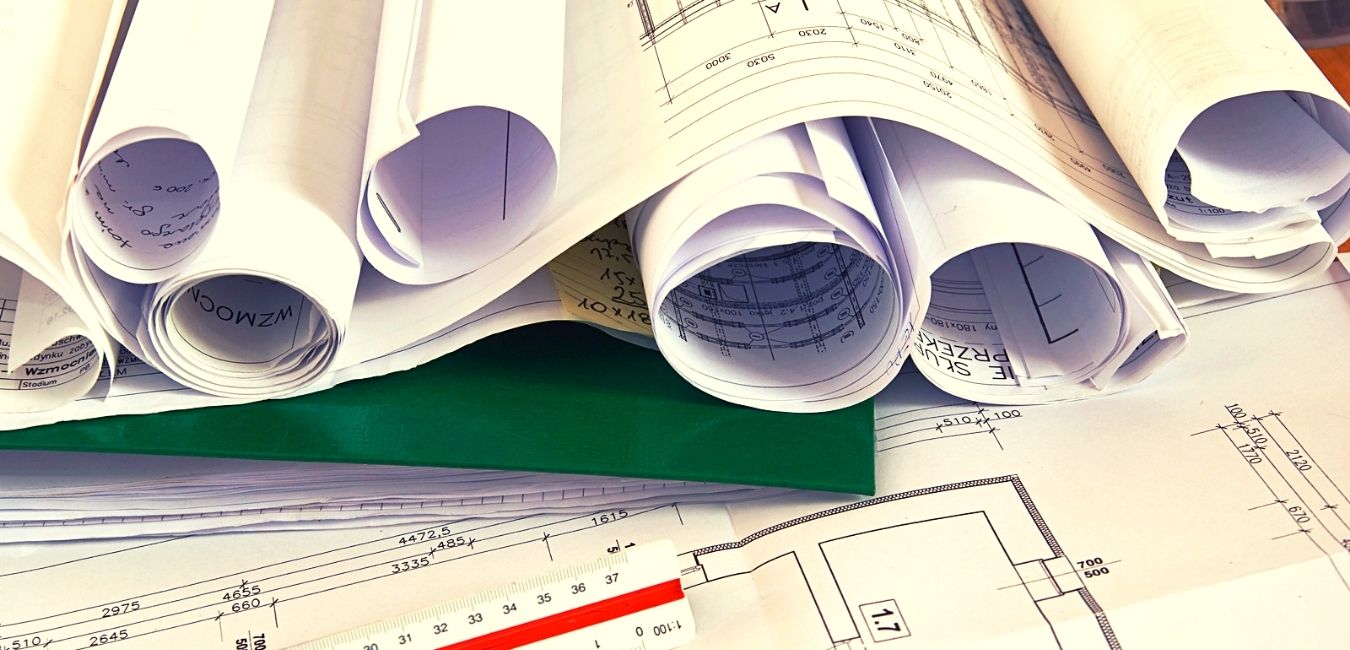Optimizing Job Collaboration: Architect's Finest Practices in Building File Monitoring
In the intricate world of architectural jobs, the effective management of building files stands as a cornerstone for success. Designers, with their careful focus to detail and ingenious layout options, are charged with orchestrating a symphony of resources, timelines, and stakeholders. Amidst this intricacy lies an essential concern: just how can engineers enhance cooperation processes to enhance job results? By checking out key strategies such as leveraging cloud-based platforms, establishing robust interaction protocols, and making certain data safety, architects can raise their document monitoring methods to new heights.
Leveraging Cloud-Based Platforms
By transitioning from conventional paper-based systems to shadow remedies, architects can simplify partnership, improve file access, and boost general project efficiency. This availability promotes smooth communication and control amongst job stakeholders, leading to fewer mistakes and hold-ups in the construction procedure.
Furthermore, cloud-based platforms provide a protected atmosphere for saving delicate project information, offering file encryption, regular backups, and customer approval settings to shield data integrity. Engineers can likewise profit from the scalability of cloud remedies, enabling them to adjust storage space ability and functionality based on project needs. Overall, leveraging cloud-based platforms encourages architects to enhance their building file administration processes, driving better collaboration, efficiency, and success in their jobs.
Executing Variation Control Solution
Having established the advantages of cloud-based platforms in building file administration, engineers can currently improve their file control procedures by executing Version Control Equipment. Variation Control Equipment (VCS) are essential tools that track changes in papers, making certain that team participants are constantly dealing with the latest and most exact information. By applying VCS, designers can maintain a central repository where all task documents are stored, making it possible for smooth cooperation while lessening the threat of errors and version disputes.
This function is particularly valuable in building and construction tasks where style models and alterations are usual. This transparency not just improves accountability yet likewise helps in fixing disputes or disparities that may emerge during the task lifecycle.
Establishing Interaction Protocols
To make certain reliable and efficient project control, engineers must develop clear and robust communication procedures within their building and construction file monitoring procedures. This system could be a project management software application, email threads, or cloud-based storage space remedies.
In addition, communication methods need to additionally include guidelines on just how to take care of problems, adjustment orders, and immediate concerns that may my explanation arise during the task lifecycle. Developing an organized strategy to interaction guarantees that all stakeholders are on the very same page, promotes transparency, and inevitably adds to the effective completion of the building and construction task.
Using BIM Software for Control
BIM software plays a critical role in enhancing coordination among project employee in the building and construction sector. Structure Info Modeling (BIM) promotes cooperation by providing a central system where designers, engineers, professionals, and various other stakeholders can interact in a worked with manner. Through BIM software program, project participants can access and upgrade a shared model which contains in-depth details regarding the building style, construction components, and job schedules.

Moreover, BIM software program allows real-time partnership and communication amongst employee, despite their physical place. Through cloud-based BIM platforms, task stakeholders can access the latest project info, track adjustments, and make informed decisions immediately. In general, leveraging BIM software look at these guys for sychronisation enhances job effectiveness, productivity, and eventually results in successful task outcomes.
Ensuring Information Safety and Compliance
In the world of building paper administration, guarding information stability and ensuring governing conformity are extremely important factors to consider for designers and other project stakeholders. Architects must apply durable safety actions to shield delicate task info from unauthorized access or breaches.

Verdict
To conclude, engineers can optimize job cooperation in building record administration by leveraging cloud-based a knockout post platforms, carrying out version control systems, developing interaction protocols, using BIM software program for coordination, and making certain data safety and compliance. These ideal practices assist simplify the building procedure, boost communication among task stakeholders, and enhance effectiveness in task shipment. By following these guidelines, designers can properly manage building papers and promote successful job end results.
Through BIM software, project participants can access and upgrade a common version that includes in-depth details about the building style, construction elements, and job routines.
With cloud-based BIM platforms, job stakeholders can access the most current job info, track modifications, and make educated decisions without delay - construction document management. In general, leveraging BIM software program for sychronisation boosts job performance, efficiency, and eventually leads to successful job outcomes
In verdict, designers can enhance project collaboration in construction file administration by leveraging cloud-based platforms, implementing variation control systems, developing communication methods, using BIM software application for coordination, and making certain information protection and conformity. These best techniques assist streamline the building and construction process, improve interaction among task stakeholders, and improve effectiveness in project distribution.